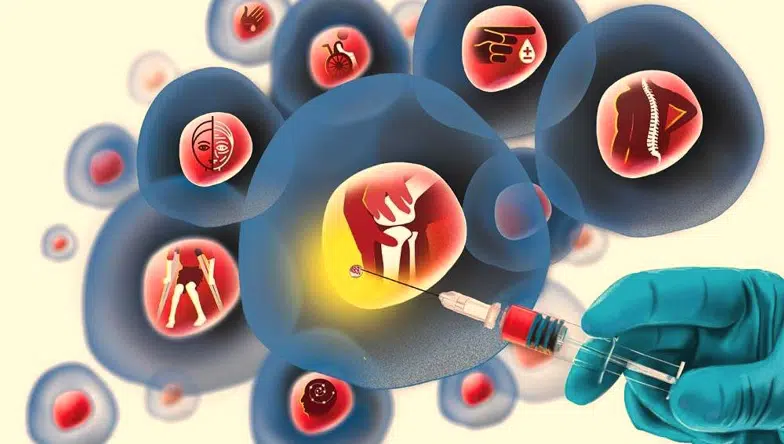Harnessing the body’s potential through modern stem cell innovations represents one of the most exciting frontiers in regenerative medicine. Stem cells undifferentiated cells capable of developing into various specialized cell types have opened new doors in the treatment of injuries, chronic diseases, and age-related conditions. These cells can be harvested from various sources within the body, such as bone marrow, adipose fat tissue, and even umbilical cord blood, offering a unique opportunity to tap into the body’s own repair mechanisms. By introducing stem cells into damaged or degenerating tissues, scientists and clinicians aim to stimulate natural healing processes that may have otherwise been limited or ineffective. This emerging field is especially promising in orthopedic medicine, where stem cell-based therapies are being explored to treat conditions like osteoarthritis, tendon injuries, and cartilage damage, reducing the need for invasive surgeries and lengthy recovery times. In addition to musculoskeletal applications, stem cell research has made significant strides in areas like neurology and cardiology.

For example, MSC stem cell Malaysia researchers are investigating how stem cells can help regenerate neural tissue in individuals with spinal cord injuries or degenerative brain disorders such as Parkinson’s disease. Similarly, in cardiology, the potential for regenerating heart tissue damaged by heart attacks holds transformative possibilities for patients who previously faced irreversible cardiac decline. Stem cells may also play a role in managing autoimmune diseases, as certain therapies are designed to reset the immune system and reduce inflammatory damage. These advances point toward a future where regenerative treatments could replace or complement traditional pharmaceutical interventions, offering more holistic and sustainable health solutions. Another promising aspect of modern stem cell therapy is its potential to personalize treatment. Because stem cells can be derived from the patient’s own body, there is a reduced risk of immune rejection or adverse reactions. This autologous approach enhances safety and effectiveness, making it particularly attractive for patients seeking minimally invasive alternatives to surgery or long-term medication regimens.
Furthermore, advancements in lab-grown or induced pluripotent stem cells are allowing scientists to reprogram adult cells into a more primitive state, giving them the ability to develop into nearly any type of tissue. This breakthrough not only expands treatment possibilities but also reduces the ethical concerns previously associated with embryonic stem cell use. While the science is still evolving and regulatory oversight remains crucial to ensure safety and efficacy, the momentum surrounding stem cell innovations continues to grow. Ongoing clinical trials and real-world applications are helping refine techniques and identify best practices, moving the field closer to mainstream acceptance. For individuals interested in proactive wellness, pain management, or healing from injuries, stem cell therapy offers a glimpse into a future where the body’s own potential becomes the key to recovery and vitality. With continued research and responsible implementation, these therapies may soon redefine how we understand and approach healing shifting the paradigm from symptom management to cellular regeneration and long-term restoration.
